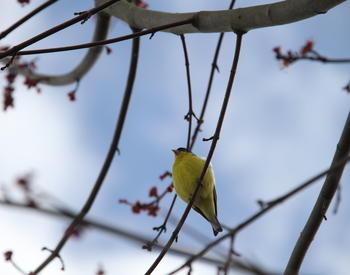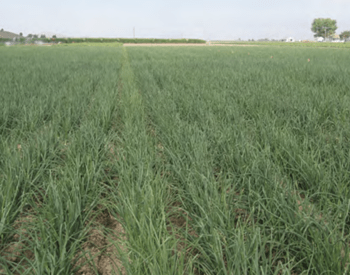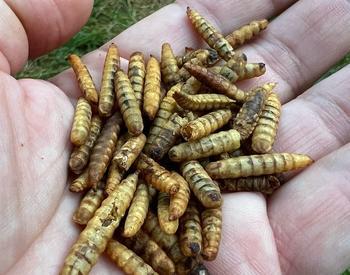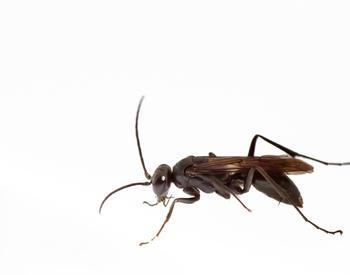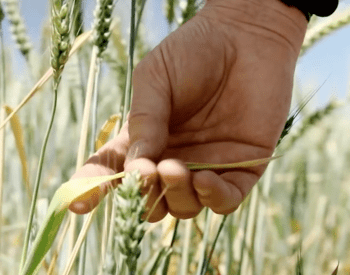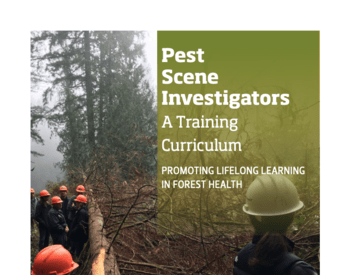Fleas belong to the order Siphonaptera and all known species are obligate parasites in the adult stage, and infest man, other mammals and birds, feeding on blood. Fleas generally live on the exterior of their hosts, running between the hairs or feathers, but a few species remain strongly embedded in one position after attaching, i.e., the so-called stick-tight fleas.
The chigoe flea, sometimes called “chigger” or “jigger” actually burrows into the superficial layers of the skin. (Note: This is not a true chigger. True chiggers are trombiculiform mites. Both sexes feed avidly on blood and some species of fleas will readily engorge on a variety of different kinds of mammals or birds.
Anatomy
Fleas are small, wingless insects which may be important vectors of disease and often are serious pests. Their bodies are strongly flattened laterally, usually dark in color, are heavily sclerotized, and generally possess many stiff bristles. They often have broad, flattened spines in a row forming a so-called comb or ctenidium. The legs of fleas are well developed and the hind-legs are enlarged and modified for jumping. Most fleas are excellent jumpers and some species can leap 50 times their body height or length, or even greater distances. Despite their small size, fleas are anatomically complex. Fleas lay their eggs on or among the hairs or plumage of the host, or on debris on the ground.
Lifespan
The active immature stage is a maggot-like, legless larva. The flea larva usually has one or two rows of sparse but well-developed bristles on most of its segments. The larva lives in the lairs or nests of the hosts, and feeds on organic matter such as dried blood or excreta. The larva undergoes three molts in the course of development, and the entire period may be as short as 2 or 3 weeks in the case of medically-important species. In other instances the life cycle may take months. The larva spins a silken cocoon to which are fastened bits of earth and debris, and here the pupal stage develops and transforms into an adult during a period of external quiescence, frequently within a few clays. The adults may live for weeks or months, even without food.
Effects on Hosts
Fleas can be very annoying and their bites may produce extreme itching and dermatitis in sensitive individuals, In heavy infestations, domestic animals may lie killed by the effects of flea bites and the loss of blood. Fleas are also important because of their transmission of disease to man. The oriental rat flea, Xenopsvlla cheopis, found on commensal rats in many parts of the world, is the most important vector of bubonic plague and murine typhus. Other species of fleas associated with murine hosts may also be vectors of plague to man, but are not considered as important as X. cheopis. Fleas are considered to be likely vectors of canine filariasis, and serve as the intermediate hosts of tapeworms which may parasitize man.
